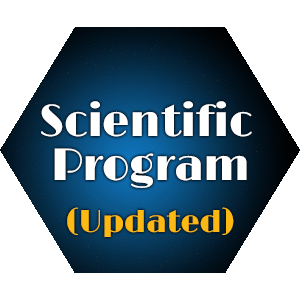
A SaccÃ
ITAE - National Research Council of Italy, Italy
Title: Asymmetric Solid Polysulphone (PSF) membranes for Ultrafiltration (UF) processes in the industrial grade wastewaters purification field
Biography
Biography: A SaccÃ
Abstract
In the last years, ultrafiltration (UF) membranes for wastewaters treatment have been increasingly investigated due their ability to work in low-pressure conditions. Membranes based on polysulphone (PSF) are among the most commonly used materials thanks to PSF properties, but their hydrophobicity and poor fouling resistance reduce the water permeability, molecular selectivity, process duration representing an obstacle for application. An investigation on development of asymmetric solid PSF membranes is here presented. Four parameters for membrane formation were investigated: polymer concentration, nonsolvent, de-mixing time (Dt), surfactant concentration. Eleven membranes were synthesised tuning the above-mentioned parameters that were characterised in terms of XRD, TGA-DSC, IR, contact-angle, DMA, N2 adsorption−desorption isotherm, water retention, SEM, water permeability tests. SEM results highlight a good finger-like macrovoids morphology for membranes with and without surfactant. Its introduction enhances the membranes hydrophilic properties as evidenced by water retention measurements, but it has to be better dispersed. The permeability tests point out only the samples without surfactant were able to overcome the under pressure operation. In any case, the most performing membranes were obtained when lower Dt and water as a non-solvent are used; mesoporous and more mechanically stiff membranes with higher hydrophilic character were obtained without surfactant; asymmetry with finger-like morphology was obtained determining the main generating parameters; surface porosity (500 nm-2 μm) with channels of about 1-2 μ was obtained for some samples; a good permeability was obtained for PSF2-3 and PSF2-4 samples. PSF2-3 and PSF 2-11 samples were identified as the most promising prototypes to be further optimized for final UF application.

